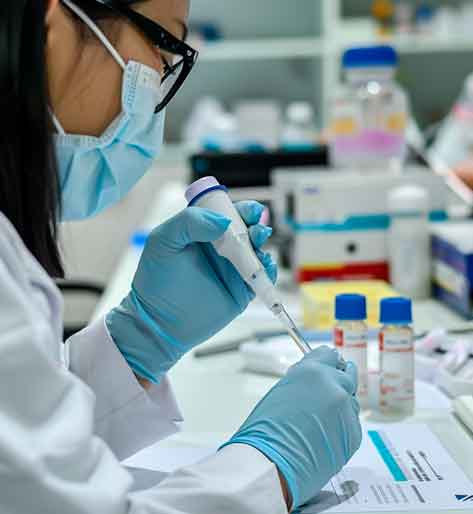Introduction
Efficiency and reliability are paramount in medical diagnostics. EastMed enhances these aspects with its semi-auto chemistry analyzer, supported by a two-year extended warranty for unmatched reliability and customer satisfaction.
| Product | EastMed Semi-Auto Chemistry Analyzer |
| Flexibility | Supports multiple tests with some manual involvement |
| Precision | High accuracy minimizes manual errors |
| Cost-Effectiveness | Affordable for smaller labs |
| Extended Warranty | Two-year extended warranty provided by EastMed, ensuring long-term reliability and user satisfaction |
| Accuracy | Enhanced accuracy leads to reliable diagnostics |
| Efficiency | Increases lab efficiency by speeding up processes |
| Economic Benefits | Reduces long-term operational costs |
| Routine Screening | Vital for health assessments and pre-surgery |
| Disease Diagnosis | Detects conditions like diabetes, liver, and kidney diseases |
| Treatment Monitoring | Assesses treatment efficacy |
| Choosing the Analyzer | Consider test capacity, user-friendliness, and availability of maintenance and support |
| Ideal For | Healthcare facilities looking for a balance between automation, cost, and performance in laboratory operations |
| Call to Action | Enhance lab capabilities and ensure reliable diagnostics with EastMed’s semi-auto chemistry analyzer. Visit East-Medical to learn more and upgrade your lab. |
What is a Semi-Auto Chemistry Analyzer?
A semi-auto chemistry analyzer is an indispensable tool in medical labs, facilitating the partial automation of biochemical analyses. These devices measure critical substances like enzymes, electrolytes, and proteins, which are vital for accurate disease diagnosis.
Key Features
- Flexibility: Conducts multiple tests with some manual intervention.
- Precision: Provides accurate results, reducing manual error risks.
- Cost-Effectiveness: An affordable option for smaller labs, balancing performance and budget.
Advantages of EastMed’s Semi-Auto Chemistry Analyzer
- Enhanced Accuracy: EastMed’s technology reduces manual errors, leading to more reliable diagnostics and enhanced patient care.
- Increased Laboratory Efficiency: This analyzer speeds up the testing process, allowing lab technicians to manage multiple tasks efficiently, boosting overall lab productivity.
- Economic and Operational Benefits: Beyond cost savings, the analyzer’s efficient use of reagents and the extended warranty result in lower long-term operational costs, making it a smart investment for any lab.
Practical Applications in Modern Healthcare
EastMed’s semi-auto chemistry analyzers are versatile, supporting various healthcare scenarios:
- Routine Screening: Essential for health check-ups and pre-surgical assessments.
- Disease Diagnosis: Helps detect and manage diabetes, liver and kidney diseases, and more.
- Treatment Monitoring: Tracks treatment efficacy, providing data to adjust patient care plans.
Selecting the Right Semi-Auto Chemistry Analyzer
Consider these factors to choose the best analyzer for your lab:
- Test Capacity: Matches your lab’s test volume.
- User Friendliness: Easy to operate, reducing training time.
- Maintenance and Support: Backed by EastMed’s two-year warranty and excellent customer service, ensuring prolonged device reliability.
Conclusion
The EastMed semi-auto chemistry analyzer is a cornerstone of efficient and reliable diagnostics in any healthcare setting. By integrating this device, labs can expect a significant boost in performance and patient care quality.
Call to Action
Elevate your lab’s capabilities with the EastMed semi-auto chemistry analyzer. Visit East-Medical to discover how this essential tool can transform your operations. Upgrade today and benefit from extended reliability and enhanced efficiency!
